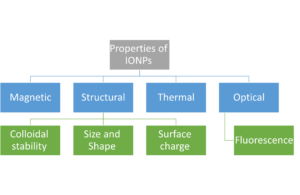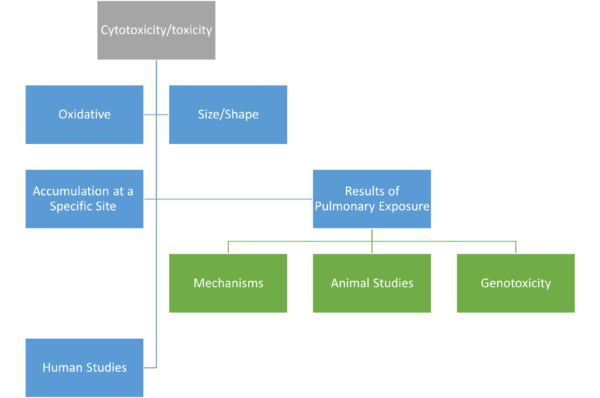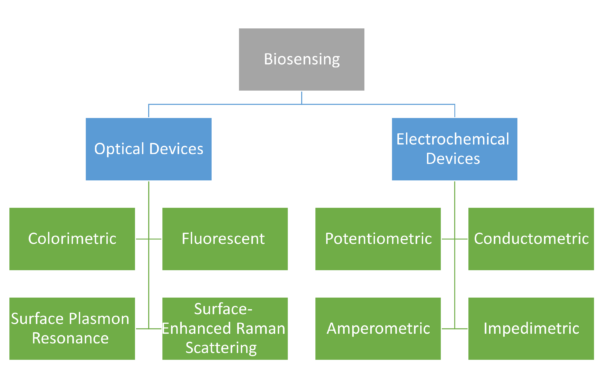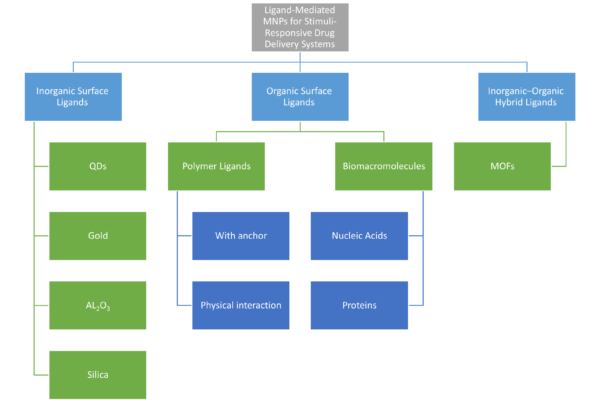توضیحات
Abstract
Due to their distinctive structural, optical, magnetic, electrical, mechanical, catalytic, thermal, and chemical capabilities, IONPs play a significant role in a variety of sectors. The below figure shows the most discussed properties of IONPs in this chapter. These characteristics make it potentially useful for MRI, medication delivery, gas sensors, contrast materials, and photoelectrochemical cells. In nature, iron oxide may be found in eight distinct forms. These include hematite (α-Fe2O3), maghemite (γ-Fe2O3), and magnetites (Fe3O4), akaganeite (β-FeOOH), and goethite FeOH (OH), are frequently employed in the medical sector. Different magnetic characteristics apply to each form. The most durable kind of iron oxide is hematite. Due to their biocompatibility and low toxicity, IONPs, particularly magnetite (Fe3O4) and maghemite (γ-Fe2O3), are the ideal materials for biomedical applications.
In vivo, anti-tumor efficacy was also shown with magnetosomes, which are iron oxide nanoparticles produced by magnetotactic bacteria, while the bulk of natural metallic NP’s anti-tumor activity was evaluated in vitro. The use of alternating magnetic fields while repeatedly heating intracranial GBM mice tumors after the introduction of magnetosomes causes complete tumor eradication.
By regulating their physical and chemical characteristics, IONP design plays a significant role in biological applications. The size, shape, structure, and biocompatibility of NPs are the main considerations in the production of IONPs for medical applications.

Properties of Iron Oxide Nanoparticles (IONPs)

Due to their distinctive structural, optical, magnetic, electrical, mechanical, catalytic, thermal, and chemical capabilities, IONPs play a significant role in a variety of sectors. The below figure shows the most discussed properties of IONPs in this chapter. These characteristics make it potentially useful for MRI, medication delivery, gas sensors, contrast materials, and photoelectrochemical cells. In nature, iron oxide may be found in eight distinct forms. These include hematite (α-Fe2O3), maghemite (γ-Fe2O3), and magnetites (Fe3O4), akaganeite (β-FeOOH), and goethite FeOH (OH), are frequently employed in the medical sector. Different magnetic characteristics apply to each form. The most durable kind of iron oxide is hematite. Due to their biocompatibility and low toxicity, IONPs, particularly magnetite (Fe3O4) and maghemite (γ-Fe2O3), are the ideal materials for biomedical applications.
URL: https://link.springer.com/chapter/10.1007/978-981-99-6507-6_4
نویسنده: Mohammad-Nabil Savari
4.98






